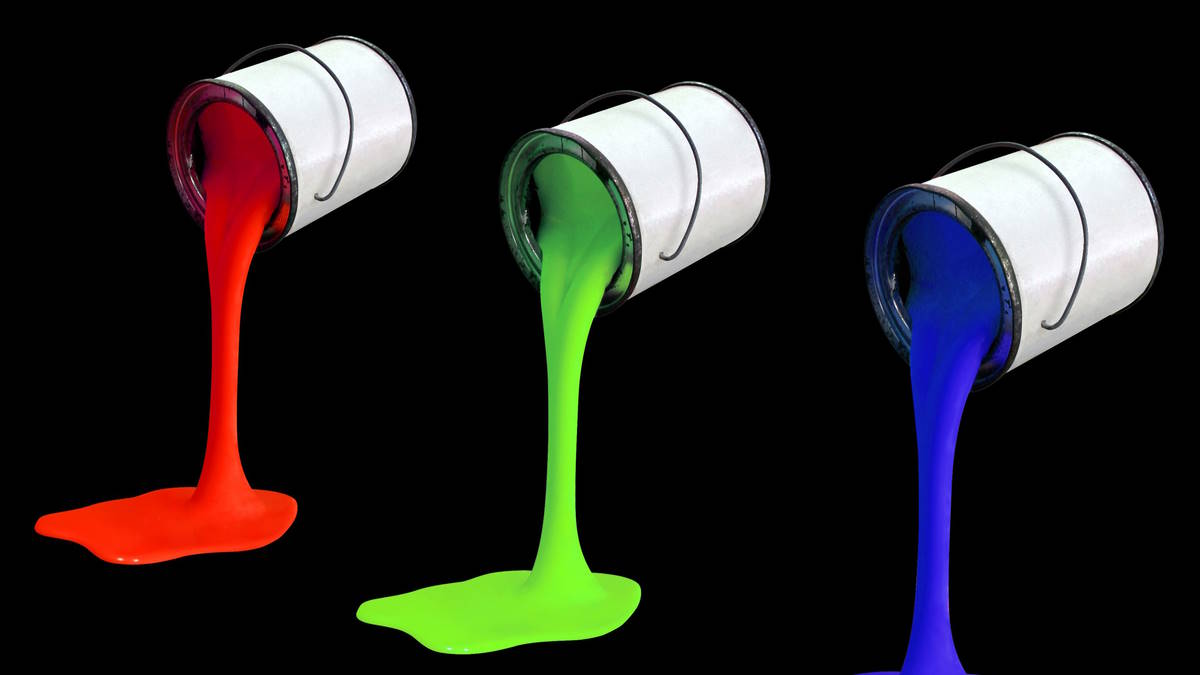As end consumers, we are exposed to many offers in today's market of products that lead us to question where they come from and how their uses affect our environment.
By Vanessa Palomo Vizcaino*
 It is increasingly prevalent to ask ourselves if the product is sustainable, safe for the environment and for people. In many cases, the answers to those questions are part of our decision process to acquire or not a product and in the end be part of the experience provided by the manufacturer brand. This is known by chemical producers who in recent decades have studied and designed processes that respond to market needs.
It is increasingly prevalent to ask ourselves if the product is sustainable, safe for the environment and for people. In many cases, the answers to those questions are part of our decision process to acquire or not a product and in the end be part of the experience provided by the manufacturer brand. This is known by chemical producers who in recent decades have studied and designed processes that respond to market needs.
The existence of products with green labels, more than a trend, is a necessity. This causes an increase in firms that join the substitution of conventional products for those of better acceptance to the environment, health and handling for manufacturing processes.
Particularly for the coatings and paints markets, from industrial to artistic uses, formulators are committed to finding the best balance between a paint's functional characteristics and its volatile organic compound content.
Volatile organic compounds (VOCs), are compounds of carbon content that have a high vapor pressure and low boiling points; When evaporated, they emit harmful gases into the environment. VOCs are present in different chemicals that cause adverse health effects and have a negative impact on the environment. This impact can have different degrees of magnitude, depending also on the type of place, frequency of exposure and the amount of gases released.
VOC concentrations vary according to the conditions where the product is released; They are significantly higher indoors than outdoors. This has been a major change for the manufacture of coatings and paints. Hence the replacements of solvent products to water-based products, as a prime example, for the most common consumer applications: interior or architectural design.
Protect the user
Protecting the user from adverse health effects when air quality is compromised in an enclosed space is very important. Now there are alternatives in the market of odorless paints, safe to apply in a certain period and that have a low or zero emission of VOC.
Although the change for the manufacture of exterior coatings is not limiting, which can still have effects on the quality of ambient air, produce compounds with oxygen and contribute to smog, reduce the safety of applicators and affect the execution times of construction works, application of repairs, among others.

In all coating manufactures these compounds are typically present due to their functionality in the formulation, for liquid systems a "carrier" is necessary in which all the characteristics of the additives are developed.
To the paints that use water as a solvent in their manufacture, other cosolvents are also added so that when the liquid product is applied on the substrate it evaporates in a controlled manner and forms the protective dry film.
These additives, both cosolvents and antifoamers, viscosity modifiers, dispersants, preservatives, dispersions, among others, can be of different chemical natures and each one individually has a VOC content that, together with water when evaporating, emit these gases in the film formation process.
Compared to solvent-based systems, the solvent itself will also evaporate; however, being products with higher carbon content, they have a higher amount of VOCs.
In the case of water-based systems, in which an important change has already been made in the main solvent of the formulation, we already know that we can still find products with VOC content, either in their cosolvents to design a drying time and film formation, as in polymer dispersions, pigments, surfactants, rheology modifiers, among others.
Property regulation
Evaluating these additives with a conscious look at how much it contributes to the final VOC content of the product is a definitive factor when using them, so it is very important to understand the operation of each chemical and how its multifunctionality can be taken advantage of in the process, since the presence of each additive defines a characteristic behavior for the manufacturing process, Product storage and end use.

The appropriate balance between quantities and their application can define a final product with as little harmful labelling as possible.
One of the main additives that provides a considerable amount of VOCs are polymer dispersions in coatings. This is not only because it is the main component of the formulation, but also currently they are mostly petroleum-derived polymers with carbon content and that, together with the reactions of polymerization, stabilization of emulsions and mixing with different types of surfactants, increase the volatile compounds of the dispersion.
In recent years, the effort of raw material manufacturers and formulators has increased to use these products with a low VOC content.
The replacement of additives, or their use in more limited concentrations, in many cases is led by manufacturers' philosophies and guided by current regulations and extends to automotive, construction, textile, plastics, industrial, ink and other markets.
Considering the type of product, and whether your application is designed for indoor or outdoor, there are VOC content limits to classify how many grams/liter is considered low or VOC-free. This also goes hand in hand with countries that limit these parameters and their internal health and safety laws.
Many of these parameters are guided by ISO standards, Occupational Health Standards, GHS labeling or ASTM standards for product measurement.
The market for additives with low volatile organic compounds (VOC) for coatings and paints was represented in 2021 by 5.7 billion dollars and one of the current projections for this niche is that in 2028 it will reach US $ 8.46 billion.
This will also have an impact on the drafting of new laws and the increase in investment in resources for Research and Development and Innovation, in line with the 2030 agenda and its sustainable development goals that are being adopted in today's society.
*Technical-Commercial Skinner of Coatings and Paints
Source: https://www.vantagemarketresearch.com


























Leave your comment